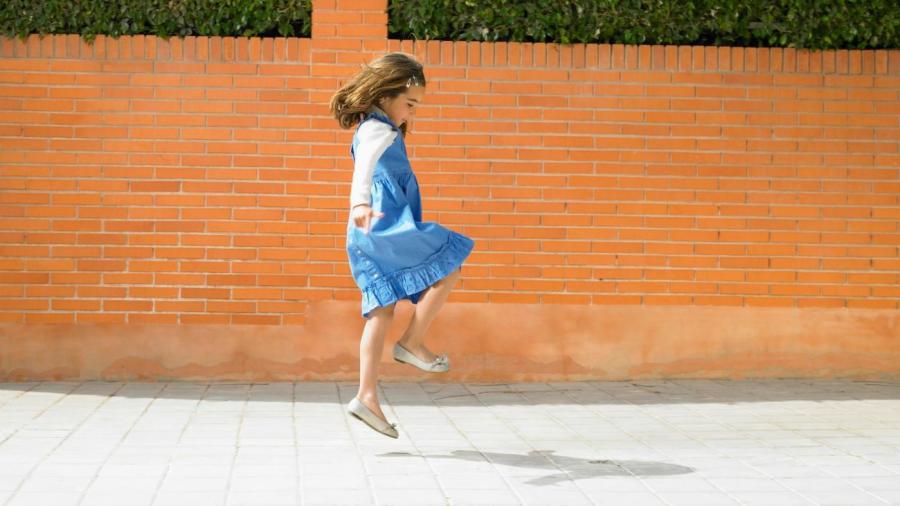What Is Locomotor Play?

Locomotor play consists of any activities that move the body from place to place. For children, locomotor play helps develop fundamental movement skills, including walking, running, hopping, galloping, skipping, jumping, side-skipping and leaping, according to Great Schools. Practice with these skills encourages the development of coordination required for sports and fitness activities.
Locomotor skills are part of the gross motor skills development essential to human development. Gross motor skills use the body’s large muscles. Children need to play and exercise to practice and develop their skills in running and jumping for both fitness and brain development. Child development generally follows a predictable pattern, with most children developing the same skills in the same order as they grow, explains About.com. Muscle development and coordination occurs first in the large muscles, then in the small. Development begins in the core of the body and then starts in the extremities, and it moves from the top of the body down to the feet. Generally, children learn skills in the same order, walking by about age 1, running, hopping and jumping at 2, jumping and skipping at 3, and at 5, galloping, side-skipping and leaping. Though every child is different, a serious delay in gross motor skill development can indicate that there is a developmental problem.





